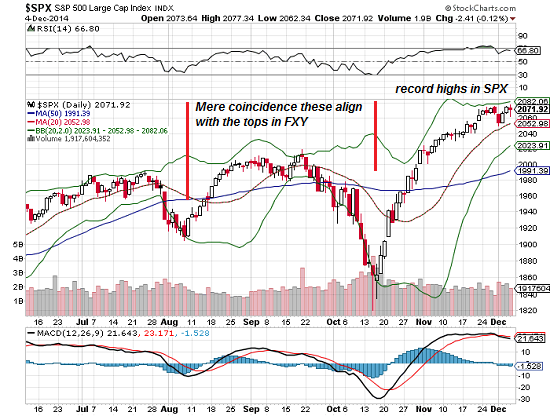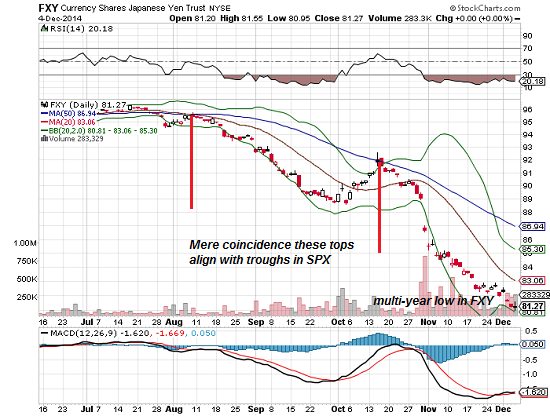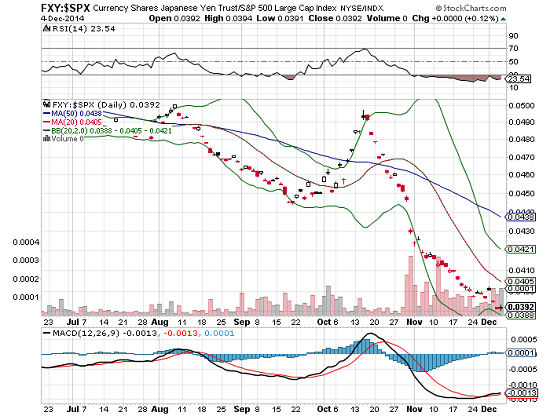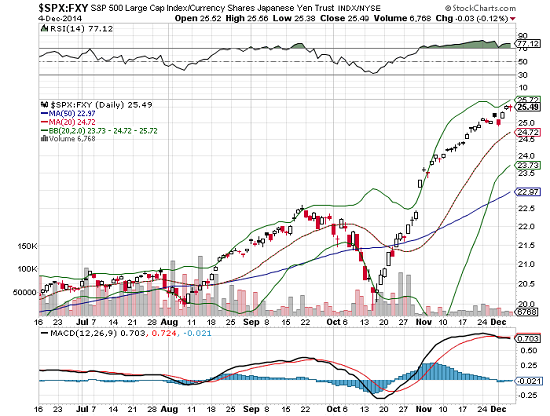After five years in a row of deficits, the copper market should show a production surplus in 2015, according to The International Copper Study Group.
The ICSG forecasts a deficit of refined copper this year of about 270,000 tons, before swinging to a surplus next year of an estimated 390,000 tons. In April the ICSG had forecast a surplus in 2014 of 400,000 tons.
But “operational failures combined with delays in ramp-up production and start-up of new mines, are leading to lower than anticipated growth,” the ICSG stated in its Copper Market Forecast 2014-2015 released Oct. 15 after a two-day meeting at the beginning of the week in Lisbon, Portugal.
After a growth rate of 8% in 2013, world mine production of the metal is expected to grow by about 3% year-on-year in 2014 to 18.6 million tons, and by about 7% in 2015, ICSG says.
The ICSG forecasts a deficit of refined copper this year of about 270,000 tons, before swinging to a surplus next year of an estimated 390,000 tons. In April the ICSG had forecast a surplus in 2014 of 400,000 tons.
But “operational failures combined with delays in ramp-up production and start-up of new mines, are leading to lower than anticipated growth,” the ICSG stated in its Copper Market Forecast 2014-2015 released Oct. 15 after a two-day meeting at the beginning of the week in Lisbon, Portugal.
After a growth rate of 8% in 2013, world mine production of the metal is expected to grow by about 3% year-on-year in 2014 to 18.6 million tons, and by about 7% in 2015, ICSG says.
It expects strong growth in world mine production next year “owing to additional output from expansions and new mine projects” and says “most of the new production is expected to be in the form of copper in concentrate.”
ICSG forecasts world refined copper production is likely to increase by about 5% year-on-year to 22.1 million tons in 2014 and by a further 4% to 23.1 million tons in 2015. The increases are “mainly supported by expanded capacity at electrolytic plants in China (and to a lesser extent from expanded SX-EW capacity in Africa).”
ICSG forecasts world refined copper production is likely to increase by about 5% year-on-year to 22.1 million tons in 2014 and by a further 4% to 23.1 million tons in 2015. The increases are “mainly supported by expanded capacity at electrolytic plants in China (and to a lesser extent from expanded SX-EW capacity in Africa).”












